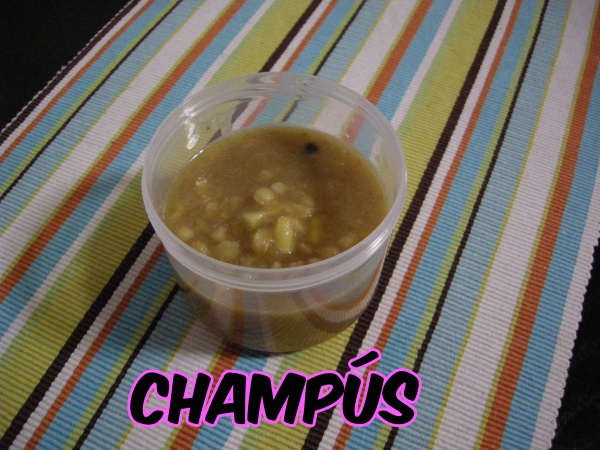Facts About Champús
Champús: A Beloved Drink Across South America
Champús is a cherished beverage in Peru, Ecuador, and southwest Colombia, renowned for its unique blend of maize and tropical fruits such as lulo, pineapple, quince, or guanábana. This delightful drink is sweetened with panela and flavored with cinnamon, cloves, and orange tree leaves.
Champús in Different Countries
- Peru: In Peru, champús is typically enjoyed warm. It is commonly sold by "champuseras" on the bustling streets of Lima.
- Ecuador: In Ecuador, champús is made using maize flour and lemon tree leaves. This drink is often associated with funeral rites, serving a significant role in cultural traditions.
- Colombia: Colombian champús features crushed maize, panela, lulo, pineapple, and various other ingredients. It is a festive beverage, especially popular during Christmas in certain regions.
Where Does the Name Come From?
The origin of the word "champús" remains somewhat mysterious. Some believe it has indigenous roots in Ecuador, while others suggest it may derive from Spanish or African influences.
Cultural Significance
Champús is more than just a drink; it is believed to possess healing properties and is often associated with lower-income families. In some areas, it is considered a dessert and is enjoyed alongside meals or snacks, fostering family togetherness.
How to Make Champús
1. Cook and grind the corn.
2. Mix it with a caramel made from panela, orange leaves, cloves, and cinnamon.
3. Add lulo pulp and diced pineapple.
4. Stir the mixture well and serve with ice.
This refreshing drink is commonly sold by street vendors and holds a special place in the cultural and culinary heritage of South America.
References:
1. Tascon, L. (1961). *Quechuismos usados en Colombia*. Editorial Norma. Colombia.
2. Guevara, D. (1960). *Expresión ritual de comidas y bebidas ecuatorianas*. Editorial Universitaria. Mexico.
3. Santa Cruz, N. (1971). *Ritmos negros del Perú*. Editorial Losada. Argentina.
4. Villavicencio, M. (2007). *Seminario de la Historia de la Cocina Peruana*. Universidad de San Martín de Porres. Peru.

 Bolivia
Bolivia